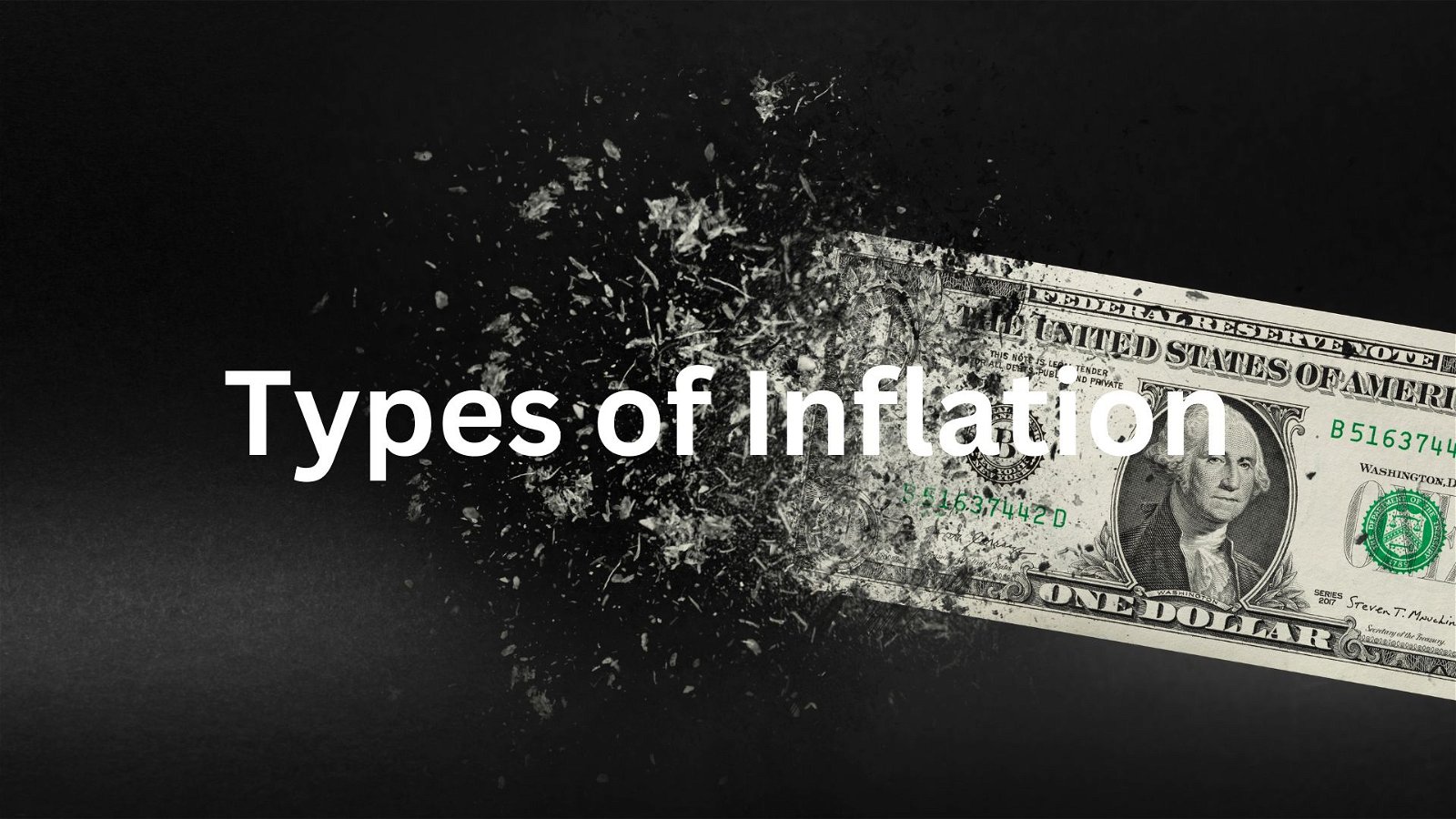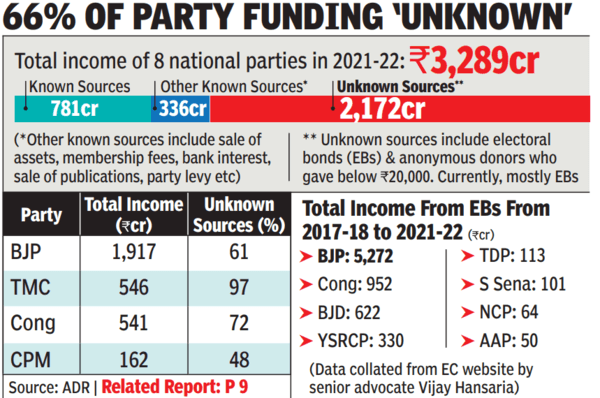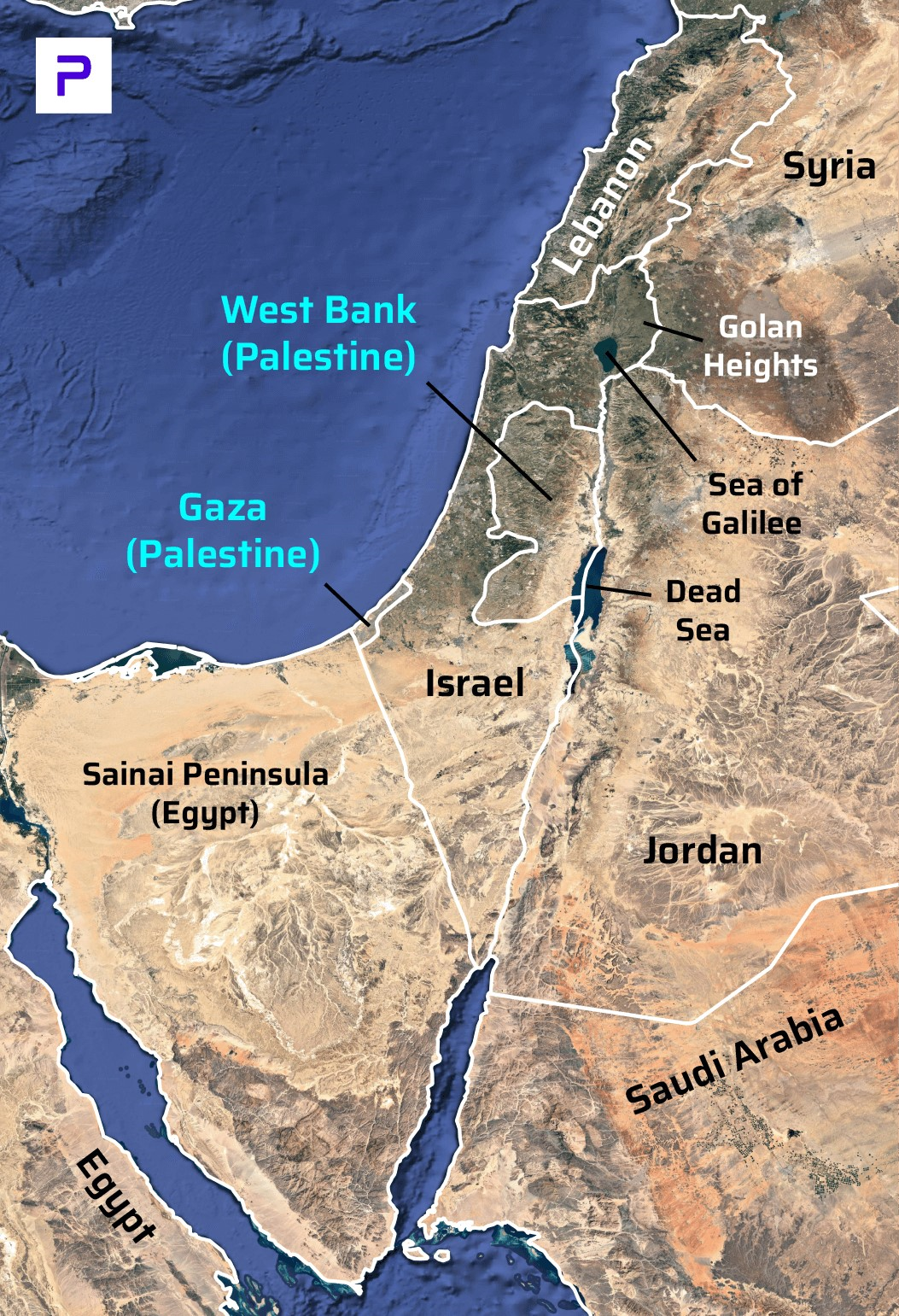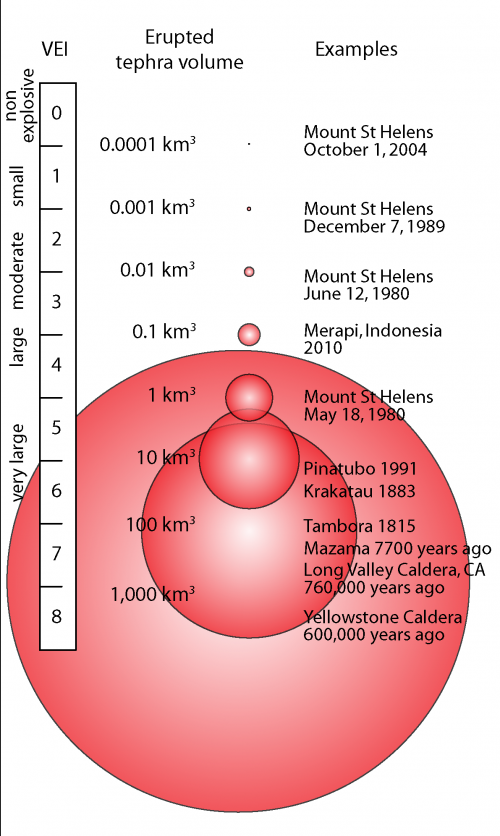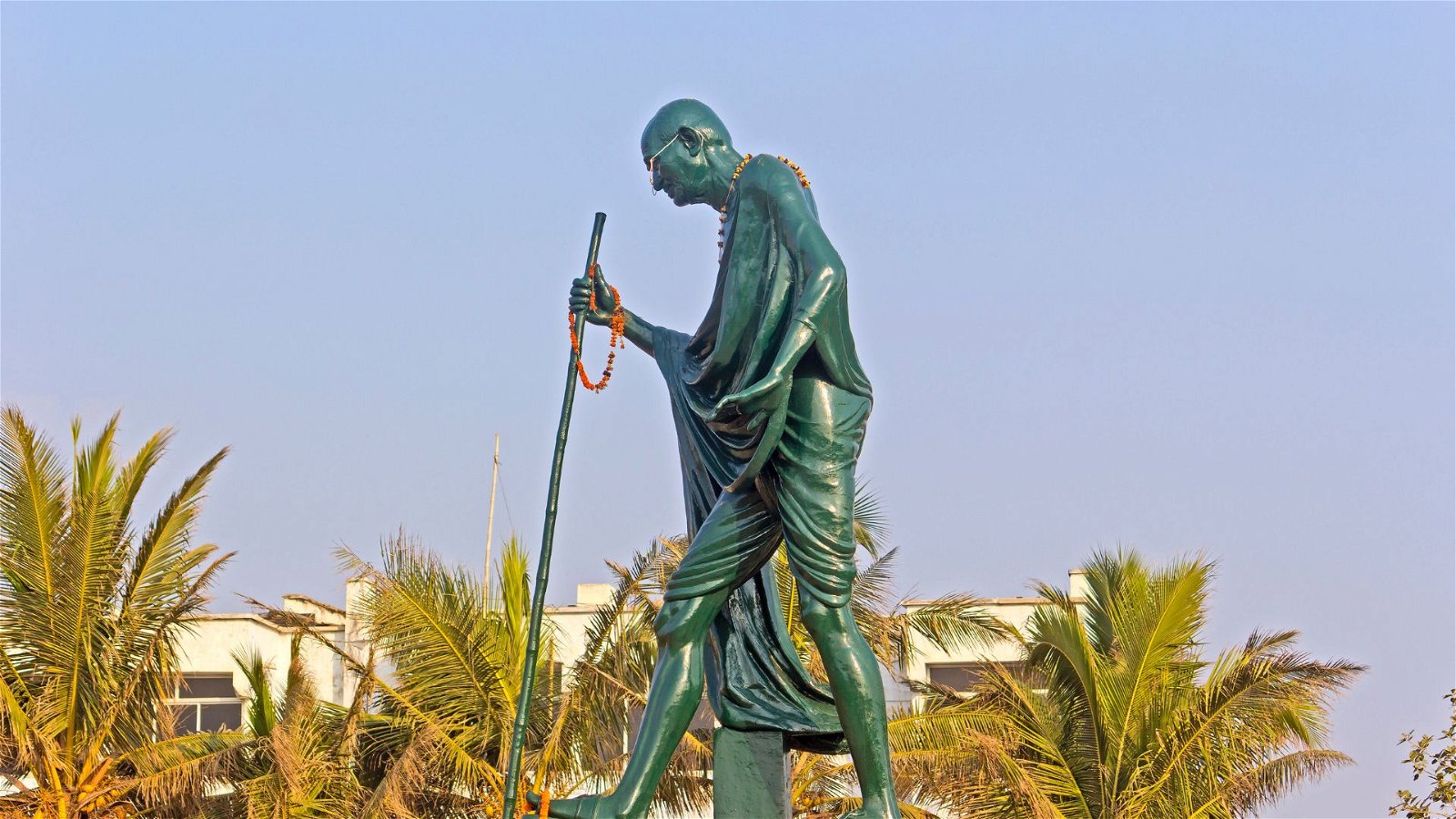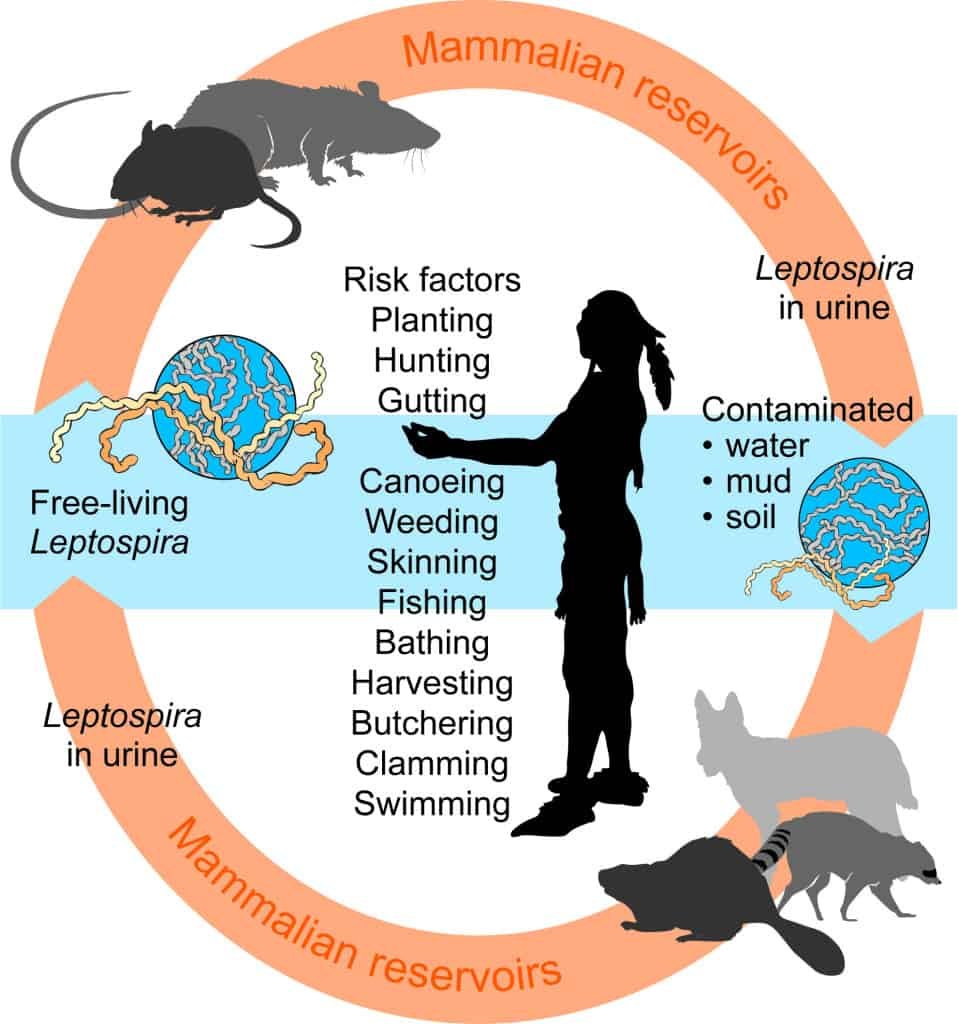
Current Affairs December 29, 2023: Tribunals, Electronic Soil (eSoil), India-Russia Relations, Donkey Route and Nicaragua, SHRESHTA, UPI Tap and Pay Facility, Anti-Zionism versus Anti-Semitism
Subscribers of "Current Affairs" course can Download Daily Current Affairs in PDF/DOC
Subscribe to Never Miss an Important Update! Assured Discounts on New Products!
Must Join PMF IAS Telegram Channel & PMF IAS History Telegram Channel
{GS2 – IR – Foreign Policy} Geopolitics in 2023
- Context (IE): War clouds and elections will guide geopolitics in 2024 and beyond.
Strategic Developments in 2023
- The Israel-Palestine conflict derailed the Israeli-Arab reconciliation process, resulting in an uncertain future for Gaza.
- Allegations of an Indian link to an assassination plot against a Khalistani separatist in the US stressed Indo-US and India-Canada ties.
- The Russia-Ukraine War is witnessing the Western funding crunch, and despite sanctions, Russia has remained resilient.
- The Muizzu government, with Chinese bias, ran an “India Out” campaign, asked India to withdraw military personnel from Maldives, and conveyed its intention to terminate a water survey pact.
- The Indo-China border standoffs and the Sino-Russian axis pose a strategic challenge for India.
- India’s success in G20, including the joint declaration and India becoming the voice of the global south, is seen as taking forward the legacy of India’s Non-Alignment leadership.
- India has started to engage with the Taliban, while China has posted a full-time envoy in Kabul.
Challenges and Opportunities in 2024
- The Global South did not take India’s initial support for Israel kindly, and the defeat to Pakistan in the vote for the UNESCO vice-chair was a reality check on the rising sympathy towards Gaza.
- The trade-off between the import of Russian oil and US trade sanctions will continue to represent a tightrope for India.
- Elections to the EU parliament, and possibly in the UK, are due next year, leaving limited policy space and flexibility for negotiators to finalise the trade agreements.
{GS2 – IR – India-Russia} India-Russia Relations
- Context (TH): The recent visit of the External Affairs Minister to Russia points towards strong ties of India-Russia.
India-Russia Relations: Convergences
Economic and Investment
- India-Russia trade hit a record of about $40 billion in 2022–23. Both countries aim to increase bilateral investment to US$50 billion and bilateral trade to US$30 billion by 2025.
- Strategic Economic Dialogue: Agreement to jointly invest resources in projects in the Far Eastern region of the Russian Federation. India has provided a $1 billion line of credit.
Connectivity
- Collaboration on Projects such as the Chennai – Vladivostok Maritime Corridor, International North-South Corridor (INSTC) etc.
Space
- Both countries are partnering in space exploration through the Gaganyaan program.
Strategic
- Russia has supported India’s bid for a permanent seat in the UNSC and entry into the Nuclear Supplier Group.
- Inclusive Indo-Pacific regional strategy: Consultations on “integration and development initiatives in the greater Eurasian space and in the regions of the Indian and Pacific Oceans” denotes emerging strategic convergence between India and Russia.
- Track-II dialogue on India-Japan-Russia Trilateral Cooperation in the Russian Far East.
Defence and Security
- 10 Year Defence Pact signed for military technology cooperation for the next decade (2021-2031).
- About 70% of India’s defence forces are equipped with Russian weapons, including S-400 Missiles.
- Cooperation in the manufacture of the “Brahmos” missile system, AK-203 assault rifles, SU-30 aircraft and T-90 tanks.
- Military Exercise: Indra.
Energy Cooperation
- Nuclear energy: New reactors being constructed by Russia at Kudankulam as a “flagship joint project”.
Diaspora and Cultural Exchanges
- Approx. 4,500 Indian students are currently enrolled in medical and technical institutions in the Russian Federation.
- Hindustani Samaj: The oldest Indian organization in Russia, functioning since 1957.
- Programmes like ‘Namaste Russia’ promote educational collaboration between India and Russia, facilitated through institutes like Jawaharlal Nehru Cultural Centre.
India-Russia Relations: Divergences
- Small and stagnant trade volumes: India-Russia trade ($10 billion) and connectivity considerably lag behind those between China and Russia ($110 billion) and between India & US ($120 billion).
- Growing India-US proximity: Russia is apprehensive of India strengthening ties with its partners in the Quad, and deepening defence cooperation with the US, pushing Russia into China’s orbit.
- Russia’s growing alignment with China in the form of defence agreements, energy projects (cross-border gas pipeline between China & Russia’s Far East), endorsement of the Belt & Road initiative, etc.
- Chinese Factor: Since 2015, China has accounted for 85% of foreign investment in the Russian Far East. China is also the top trading partner of the Russia-steered Eurasian Economic Union.
- Growing Russian cooperation with Pakistan. E.g. Russia conducted a military exercise with Pakistan.
- Connectivity challenges: INSTC projects were delayed due to unilateral sanctions by the US on Iran and Russia.
Way Forward
- Diversify collaborations and deepen their relations to mutual benefit, including Chabahar, the Arctic, Chennai-Vladivostok Eastern Maritime Corridor, manufacture of Sputnik V in India, etc.
- Cooperate at the multilateral level, such as on regional and global issues in multilateral bodies including UNSC, SCO, G-20, BRICS, ASEAN-led fora and others.
- Exploring policy convergence involving strategic coordination between Russia’s concept of Greater Eurasia and India’s espousal of an inclusive Indo-Pacific framework.
- Promoting trilateral cooperation between Russia, China, and India (RIC) to reduce mistrust between India and China.
- Ensuring regional security: India and Russia should work together to achieve stability and security in the region especially in Afghanistan through an Afghan-led and Afghan-owned peace process.
- Re-establishing the Rupee-Rouble Payment Mechanism to facilitate trade in local currencies, bypass US sanctions, and enhance competitiveness.
{GS2 – IR – Issues} Donkey Route and Nicaragua
- Context (IE | TH): The recent episode of Indians on a Nicaraguan flight is suspected to be another instance of the donkey route.
About the ‘Donkey Route’
- ‘Dunki’ (Punjabi pronunciation of a donkey) means “hopping from one place to another”.
- Several illegal immigrants take such routes to reach countries like the US, the UK or Europe.
India to Latin America
- India’s most popular donkey route starts by reaching Latin American countries like Ecuador, Bolivia, Guyana, Brazil, and Venezuela.
- These countries provide visas on arrival for Indians or pre-arrival tourist visas.
- Immigrants from Latin American countries are taken to Colombia.
Columbia to Mexico to U.S.
- From Columbia, immigrants move through the dense forest of the Darian Gap in Panama.
- Lack of water, wild animals, criminal gangs, robbery, and rape are risks immigrants take on this route.
- An alternate, safer route is from San Andrés to Mexico through illegal boats.
- Immigrants enter the US from Mexico through Guatemala as the main junction.
- Migrants must cross the US-Mexico border fencing or take the dangerous Rio Grande River route.
Republic of Nicaragua
- Capital: Managua; Lanuage: Spanish
- It is a Central American nation with mountains and fertile valleys in the west.
- Two big lakes, Nicaragua and Managua, are connected by the Tipitapa River.
- The Pacific coast is volcanic and very fertile.
- The swampy Caribbean coast is aptly called the “Mosquito Coast” due to the presence of mosquitos.
Nicaragua on the Doneky route
- Nicaragua has very little consular presence worldwide, with no embassy in India.
- The honorary consular of Nicaragua in India is not authorised to issue any visa.
- There is no provision for getting an advance visa or visa-on-arrival for Nicaragua from India.
- Even the Nicaraguan government has not spelt out the policy in the public domain.
{GS2 – MoSJE – Schemes} SHRESHTA
- Context (PIB): The Scheme For Residential Education For Students In High Schools In Targeted Areas (SHRESHTA) scheme was discussed in Parliament.
- It is under the administrative control of the Ministry of Social Justice & Empowerment.
Objectives of the SHRESHTA scheme
- Socio-economic upliftment and development of the Scheduled Castes (SCs) through education.
- Easier access to the meritorious SC students in the best schools in the Country.
Two Modes of Implementation
- Admissions in private residential schools through the National Entrance Test for SHRESHTA (NETS) to be conducted by the National Testing Agency (NTA).
- Grants-in-aid will be released to NGO/VO-operated Schools/Hostels having classes up to class 12.
{GS2 – Polity – Judiciary} Tribunals
- Tribunal is a quasi-judicial body, established under an act of Parliament or State Legislature, to adjudicate disputes or complaints.
- Proceedings of Tribunals are deemed to be judicial proceedings, and in certain matters they have the powers of a civil court, e.g. National Green Tribunal (NGT).
- They do not follow technicalities of rules of procedure or evidence as laid down under the Civil Procedure Code and the Indian Evidence Act but do follow the principles of Natural Justice.
Constitutional Status
- Tribunals are incorporated under Art 323-A and 323-B (by the 42nd Constitutional Amendment Act, 1976).
- Article 323-A: Under this, Administrative Tribunals can be created only by Parliament, and in pursuance of this Central Administrative Tribunal (CAT) and State Administrative Tribunals (SAT) have been created.
- Article 323-B: Under this, Tribunals for all other matters can be created by Parliament as well as State Legislatures. E.g. Income Tax Appellate Tribunal (ITAT), etc.
- To operationalize the 42nd Constitutional Amendment Act, the GoI enacted the Administrative Tribunals Act, 1985, leading to the formation of CAT & SAT.
Benefits of Tribunals
- Cost Effective as there is no provision of court fees, affidavits, etc.
- Ensures right to speedy justice: Faster case disposal due to oral hearing, no intricate procedure of pleading and trials, and no elaborate rules as to proof of facts or evidence.
- Manned by experts: Participation of efficient and competent executives with special technical knowledge and rich experiences in the respective matters. E.g. Income Tax Tribunals.
- Flexibility: Tribunals are not bound by previous decisions, they can revise their decisions in light of new facts, thus, keeping in tandem with the changing socio-economic, legal, technical and political environment.
- Reduces pendency in courts: It significantly reduces the burden on courts at all levels that is presently reeling under a huge pendency of more than 4.5 crore cases.
Issues and Challenges
- Increased tribunalization of justice: Different tribunals for different purposes, with no standard principles observed in the manner of organization, constitution, procedures or manner of appeal.
- Interferes with the power of Judiciary: Tribunals undermine the authority of the judiciary by encroaching upon the jurisdiction of Courts as they replace HC for disputes under the Companies Act, SEBI Act, etc.
- Subverts separation of power: Tribunals are appointed, controlled, and manned by executives, thus, impinging upon key principles of separation of power and judicial independence.
- Conflict of interest: Appointments to the tribunals are made by the government which itself is the largest litigant in the country.
- Inadequate workforce and infrastructure: Most tribunals face issues of human resource crunch and inadequate infrastructure, no uniform recruitment conditions for service, retirement age etc.
- Pendency of cases defeating the purpose of speedier justice. Law panel report of 2017 states that the top 5 central tribunals have a combined backlog of over 3.5 lakh cases.
Way Forward
- A Selection Committee headed by the Chief Justice of India to be created to be in charge of the appointments of Chairman, Vice-Chairman and Judicial Members of the various central tribunals.
- Timely appointment: Vacancy arising in the Tribunal should be filled up quickly by initiating the procedure well in time.
- Single nodal agency under the Law Ministry, to both monitor the working of the tribunals and to ensure uniformity in the appointment, tenure, and service conditions.
- Restoration of the HC’s power of Judicial review over the decisions of the tribunals (in line with Chandra Kumar Case, 1997).
- Pan-India seats: Tribunals must have benches in different parts of the country (ideally where high courts are situated) so that people of every geographical area may have easy access to justice.
{GS3 – Envi – Conservation} Electronic Soil (eSoil)
- Context (IE): Researchers have developed a new electronic soil (eSoil) that was found to increase the growth of barley seedlings by 50%.
- eSoil is made of cellulose, a biopolymer mixed with a conductive polymer called PEDOT.
- The eSoil works by electrically stimulating plant roots with low power, thus providing an environmentally safer alternative to traditional methods.
- This innovative soilless cultivation method, termed hydroponics, harnesses a sophisticated root system activated through a novel cultivation substrate.
- Significance: It can help in areas with little arable land and harsh environmental conditions.
Hydroponics
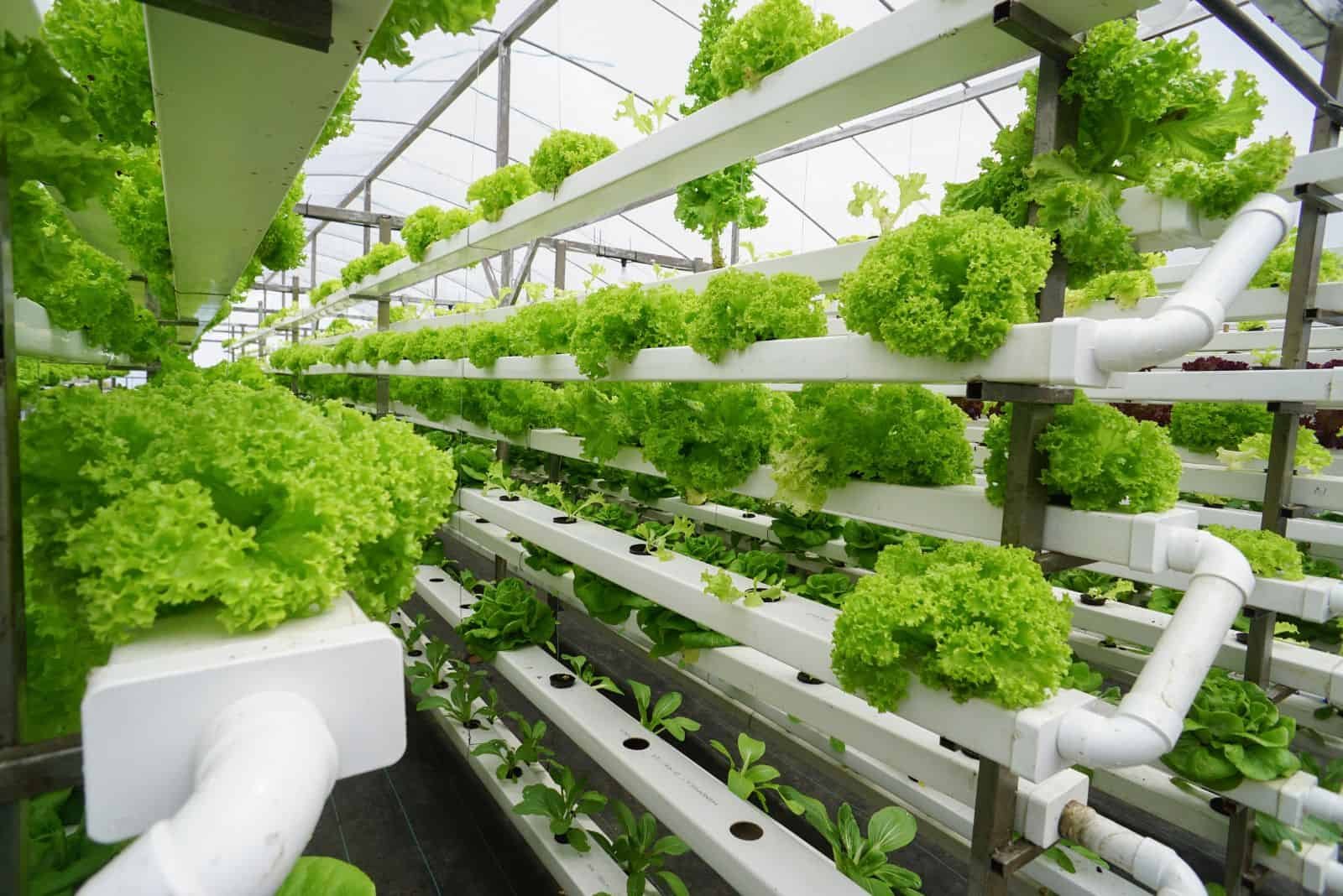
- Hydroponics is a method of growing plants without soil, using water enriched with balance mineral nutrients essential for plant growth and yield.
- The Nutrients and PH level are maintained suiting the selected crop for better growth.
- With increasing water scarcity due to frequent droughts and declining land availability for farming, government agencies are promoting hydroponics for growing vegetables, fruits and fodder.
{GS3 – IE – Banking} Financial Intelligence Unit (FIU) | Crypto Exchanges
- Context (TH): FIU issued Binance and other crypto exchanges with show-cause notices.
Financial Intelligence Unit (FIU)
- FIU was established in 2004 as an anti-money laundering unit under the Finance Ministry.
- It investigates monthly Cash transaction reports, Suspicious transaction reports and Cross-border wire transfer reports under the Prevention of Money Laundering Act, 2002 (PMLA).
- Suspicious or doubtful transactions are shared with agencies like the Enforcement Directorate, the Central Bureau of Investigation and the Tax Authority.
Crypto Exchanges in India
- A cryptocurrency exchange works similarly to stock exchanges, which helps investors buy and sell in digital currencies such as Bitcoin, Ethereum, or Tether.
- These platforms work on digital marketplaces such as mobile apps or via desktop functions.
- India will block URLs of 9 offshore exchanges, including Binance, after issuing ‘Show Cause’ notices.
- The Finance Ministry mandated that crypto businesses register with the FIU and comply with the PMLA.
- Crypto businesses will become legally obligated to perform Know Your Customer (KYC).
- The obligation is activity-based and not physical presence-based.
{GS3 – IE – Banking} UPI Tap and Pay Facility
- Context (HT): NPCI begins deployment of UPI Tap and Pay Facility for payments apps.
- The UPI Tap and Pay feature leverages the Near Field Communication (NFC) capability in smartphones, allowing users to make on-the-go payments without the need to scan a QR code.
- It can be accessed only on phones or devices that have NFC capability.
|
Transaction Limits
- Users can initiate transactions of up to Rs 500 at a time, with a daily cap set at Rs 4,000.
- For purchases under Rs 500, users of UPI Lite can tap their phones against a UPI Smart Tag or UPI Smart QR without entering a UPI PIN.
- For transactions exceeding Rs 500, users will be required to input their PIN after tapping their device.
National Payment Corporation of India (NPCI)
|
{GS3 – MoCI – Initiatives} Initiatives by Commerce Ministry
- Context (PIB): The commerce minister discussed some of the ministry’s schemes.
E-Commerce Exports Handbook for MSMEs
- Handbook was prepared by the Directorate General of Foreign Trade (DGFT).
- It will guide MSMEs seeking to harness e-commerce platforms to expand their exports.
- It will be in four languages, namely English, Hindi, Gujarati and Kannada, and will be translated into all official languages across India.
E-commerce Outreach programme
- The programme is being conducted by DGFT Regional Authorities under its Districts as the Export Hubs Initiative.
- MoU was signed between DGFT and Shiprocket (E-Commerce enabler) as part of the E-Commerce outreach programme.
- India’s Foreign Trade Policy 2023 specifically targets Cross-border E-Commerce exports with a particular focus on empowering artisans, weavers, artisans, and MSMEs.
“Wed in India” initiative
- The initiative aims to position India as a premier wedding destination.
- It will help promote traditional Indian goods and catering to diverse wedding requirements.
{GS2 – IR – Issues} Anti-Zionism versus Anti-Semitism
- Context (TH l AJ l IE ): The U.S. House of Representatives voted in favour of a Republican-sponsored resolution which, among other things, declared that “anti-Zionism is antisemitism”.
- The resolution was framed as an effort to reject the “drastic rise of anti-Semitism in the United States and around the world”.
What is Zionism?
- Zion is the name of the hill on which the Temple of Jerusalem was located.
- Zionism is a nationalist ideology that describes the late 19th-century Jewish political movement.
- The movement aimed to unite the Jewish diaspora worldwide and settle them in Palestine.
- The ideology contends that the Jewish people have a right to self-determination in historic Palestine, which Zionists view as their ancestral homeland.
- Donations from wealthy Jews were sought, which helped the Holocaust survivors to migrate to Palestine and surrounding regions.
- This movement led to the establishment of Israel in 1948.
- Anti-Zionism is opposition to Jews having a Jewish state in their ancestral homeland and denies the Jewish people’s right to self-determination.
Balfour Declaration
- The Balfour Declaration was a public statement issued by the British Government in 1917 during the First World War.
- It announced its support for establishing a “national home for the Jewish people” in Palestine, then an Ottoman region with a small minority Jewish population.
UN Resolution 181(II) of 1947
- The question of Palestine was first brought before the General Assembly in 1947.
- By resolution 181 (II), the Assembly decided to partition Palestine into two states, one Arab and one Jewish, with Jerusalem placed under a special international regime.
What is Anti-Semitism?
- Semitic means a language group, not a race.
- Anti-Semitism can linguistically be used to describe prejudice against speakers of the Semitic languages (including Arabs and Ethiopians), but it is commonly used specifically to pertain to Jews.
- Antisemitism is hostility to, prejudice towards, or discrimination against Jews.
- This sentiment is a form of racism, and a person who practices it is called an antisemite.
History of anti-Semitism
- Modern anti-Semitism exists within the context of a historical prejudice against Jews by Christians.
- According to Christian doctrine, Jews were responsible for the death of Jesus and thus deserved to be punished.
- During the 1870s, this political and religious anti-Semitism was compounded by racial anti-Semitism, largely due to the works of Charles Darwin.
- Darwin’s theory of evolution was interpreted to mean that race was inherent and unchangeable, anti-Semites argued that Jews were genetically inferior on an evolutionary scale.
- This argument was also used to justify discrimination against colonial subjects and blacks in America.
{GS2 – MoA – Schemes} Pradhan Mantri Kisan Samman Nidhi (PM-KISAN)
- Context (IE l TH): Tamil Nadu Cauvery Farmers’ Protection Association has sought to investigate the alleged corruption worth crores in the name of farmers under the PM-KISAN.
- GOI has added back 34 lakh farmers under the “saturation drive” after the beneficiaries under PM-KISAN dropped by 20%.
- It has become operational from 1.12.2018.
- Nodal Ministry: Ministry of Agriculture and Farmers’ Welfare
- The scheme is meant for small and marginal land-holding farmers (SMFs), provided the farmland is cultivable.
Objectives of the Scheme
- The scheme aims to supplement the financial needs of the farmers in procuring various inputs to ensure proper crop health and appropriate yields commensurate with the anticipated farm income.
- To protect farmers from falling into the clutches of moneylenders for meeting such expenses.
- To boost rural consumption in the country.
- To supplement the efforts taken by the GOI to double farmers’ income by 2022.
Features Of PM KISAN
-
Income Support
- PM-KISAN Yojana provides minimum income support to farmers.
- Eligible farmer families receive Rs.6000 annually, distributed in three equal instalments every four months.
- The scheme was initially meant for SMFs having landholding up to 2 hectares, but the scope was extended to cover all landholding farmers regardless of the land size.
|
Usage Flexibility
- There are no specific restrictions on how beneficiaries can utilise the amount received under the scheme.
- They are free to use it for various purposes as per their needs.
-
Funding
- PM KISAN is a central sector scheme with all the funding coming from GOI.
- Initially, a reserve of Rs.75000 crore per year was allocated for this initiative, with direct transfers to beneficiaries‘ bank accounts via DBT.
-
Identification Responsibility
- The identification of beneficiaries is the responsibility of the State and Union Territory governments.
- These governments determine which farmer families qualify for the scheme.
|
Who Is Not Eligible to Avail PM KISAN Yojana?
- All farmers are eligible for monetary assistance under the scheme. The following categories of beneficiaries do not qualify for the PM KISAN yojana:
- Institutional landholders
- Present and former holders of constitutional posts
- Former and present ministers/state ministers
- Present and former members of Rajya Sabha/State Legislative Assemblies/Lok Sabha/State Legislative Councils
- Former and present Mayors of Municipal Corporations
- Present and former Chairpersons of District Panchayats
- All retired or serving State/Central Government officers, State or Central PSEs, and regular Local Bodies employees.
- Every retired/superannuated pensioner having a monthly pension of ₹10,000 or higher (excluding Multi-Tasking Staff/Group D/Class IV employees of the above category)
- Every individual who has paid income tax in the last assessment year.
- Professionals like engineers, architects, lawyers, doctors, and chartered accountants registered with professional bodies carry out their profession by undertaking practices.
Performance of PM KISAN Yojana
Significance of the scheme
- The direct transfer of funds is one of the most significant advantages of this scheme.
- Digitisation of all the records related to farmers makes the registration and fund transfer easy.
- There is no discrimination in choosing the PM-KISAN beneficiaries
- PM-KISAN yojana is a big step towards the GOI’s initiatives to modernise agriculture.
- As per the study by the International Food Policy Research Institute (IFPRI), PM-KISAN had numerous benefits for farmers and agriculture
- It addresses the liquidity constraints of farming households.
- The scheme boosts modern cultivar adoption through Krishi Vigyan Kendras.
- The cash transfer to farmers increases their net income and enhances their risk-taking capacity.
- This has led to productive investments (purchasing seeds, fertilisers, and necessary equipment), increased agricultural production and improved crop yields.
- PM-KISAN has eased credit constraints and spurred rural economic growth.
Criticism of the Scheme
- PM-KISAN is not reaching all farmer households as intended.
- Only 21 percent of the cultivators interviewed reported receiving the benefit.
- The in exclusion is greater UP than in Haryana and Rajasthan.
- This scheme is not pro-poor since recipients of PM-KISAN seemed to be better off than the general rural population.
- While PM-KISAN aims to cover small and marginal farmers (85% of the farmer population), landless agricultural labourers and tenant farmers are left in the lurch.
- Due to the volatile market and price fluctuations in different regions, indexing the cash transfers to local inflation is essential.
- Failure of DBT in kerosene in Rajasthan, where the cash transferred to families has been insufficient to purchase kerosene, as the market price increased substantially.
- The scheme does not provide a straightforward design of transfers and a framework for effective grievance redress.
Challenges
- If beneficiary farmers wish to lease their lands to tenant farmers or keep their lands fallow for some time, are they eligible to receive cash benefits?
- Except for a few states, others are still lagging in maintaining a database for land records.
- In the northeastern states, land ownership rights are community-based, making it difficult to identify beneficiaries.
- There are concerns at the operational level regarding land record reconciliation, digitisation of land records, and costs incurred in consolidating land records.
- The drive of implementing PM-KISAN can increase opportunity costs of critical (human) resources, shoot up operating expenses and strain the fiscal health of concerned states.
PM-KISAN Mobile App:
|
Similar programmes by state governments:
Bhavantar Bhugtan Yojana:
- Madhya Pradesh sought to relieve farmers by providing the differential between MSPs and market prices.
The Rythu Bandhu scheme
- The Telangana government provides ₹4,000 per acre for every season to all the state’s farmers.
- Similar initiatives have also been framed in Jharkhand and Odisha.





![PMF IAS Environment for UPSC 2022-23 [paperback] PMF IAS [Nov 30, 2021]…](https://pmfias.b-cdn.net/wp-content/uploads/2024/04/pmfiasenvironmentforupsc2022-23paperbackpmfiasnov302021.jpg)
